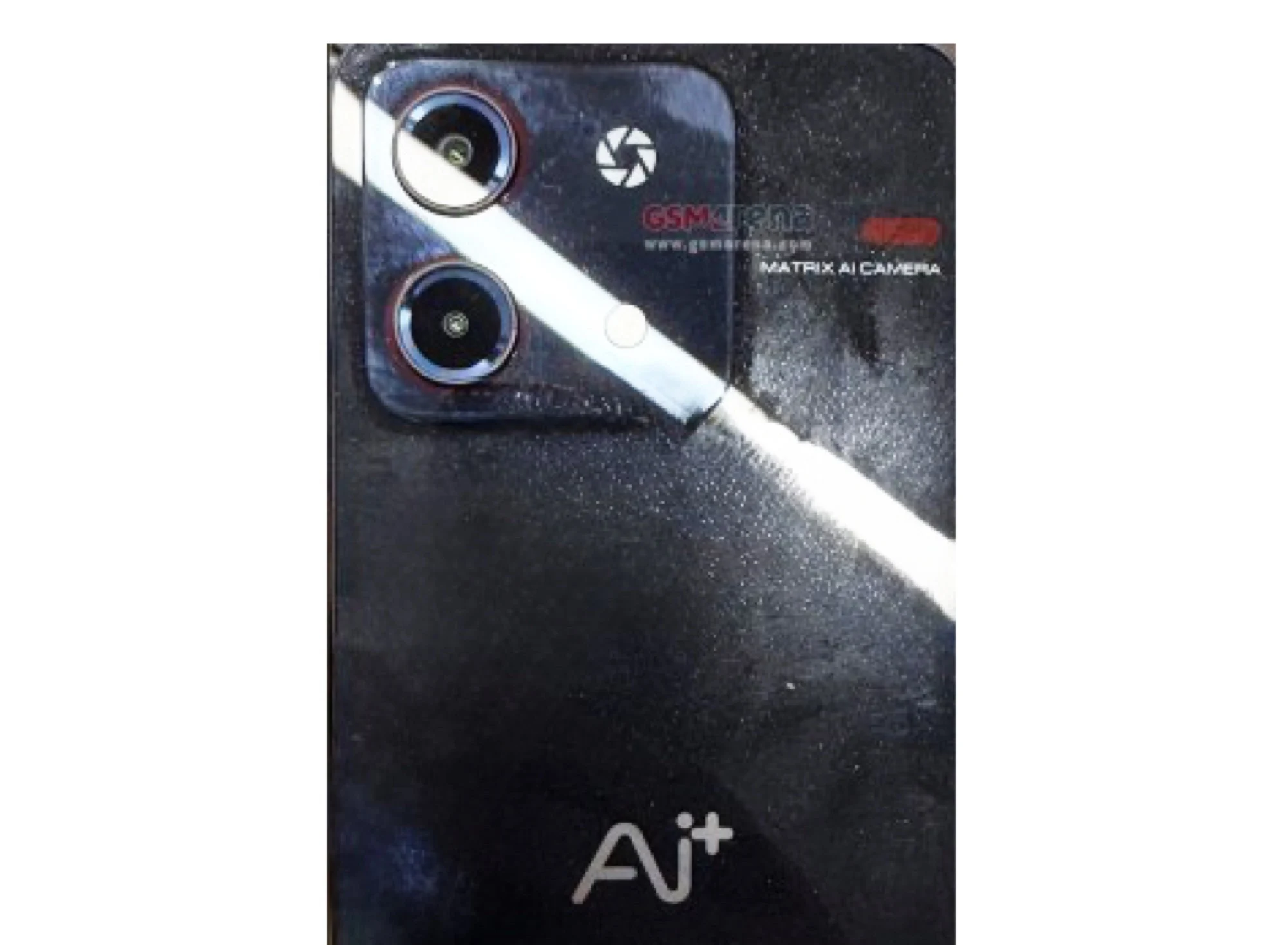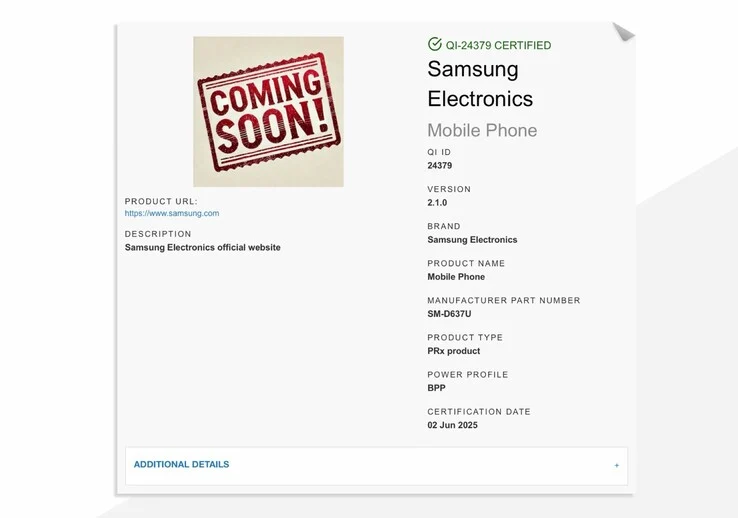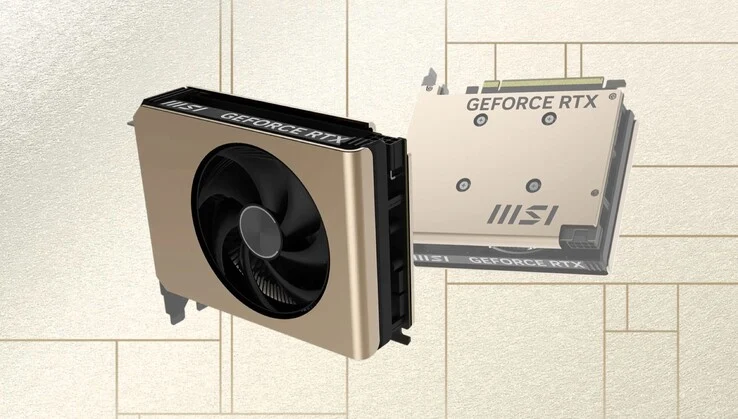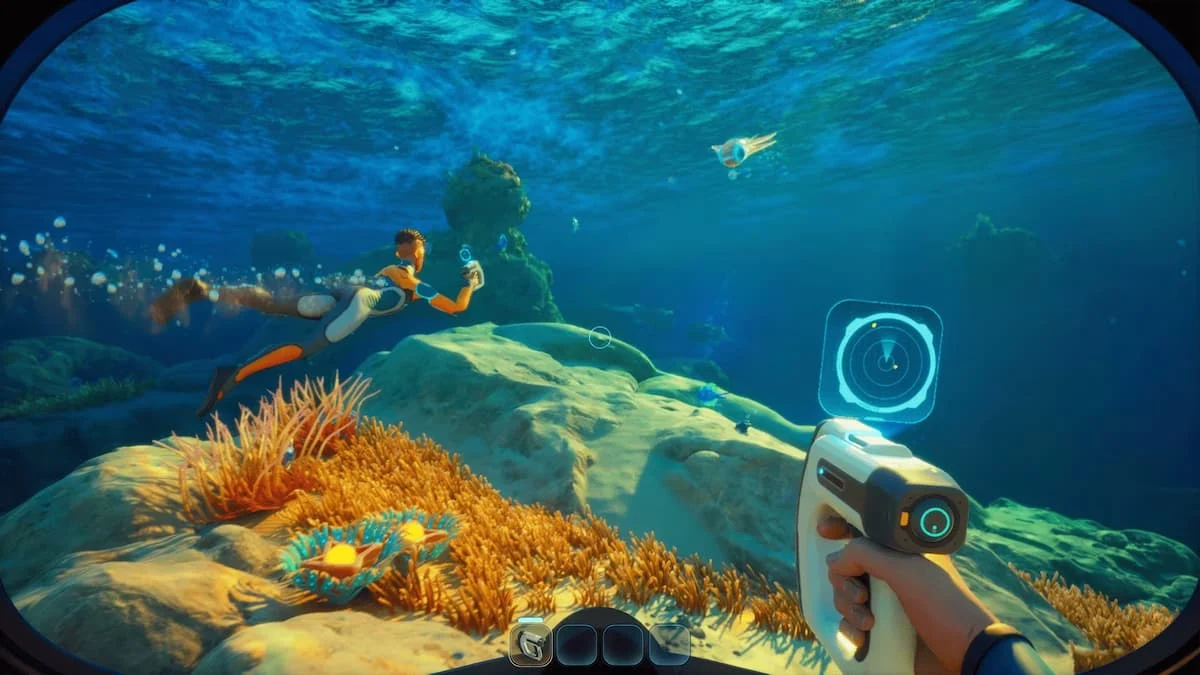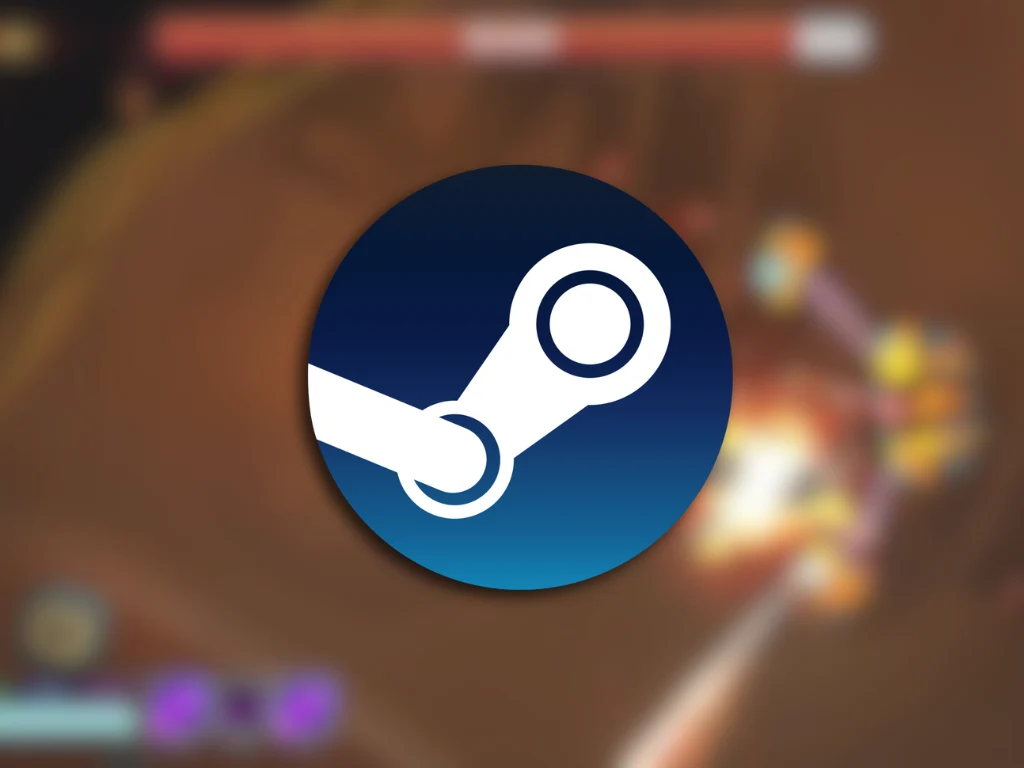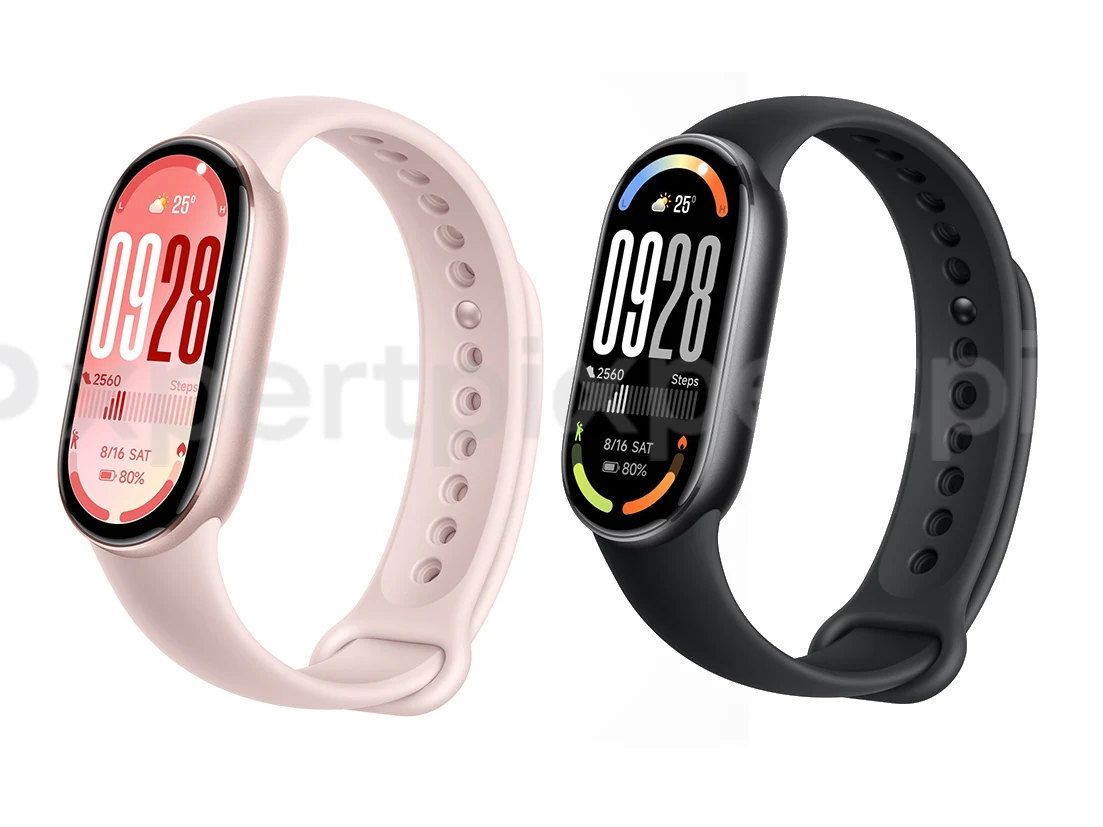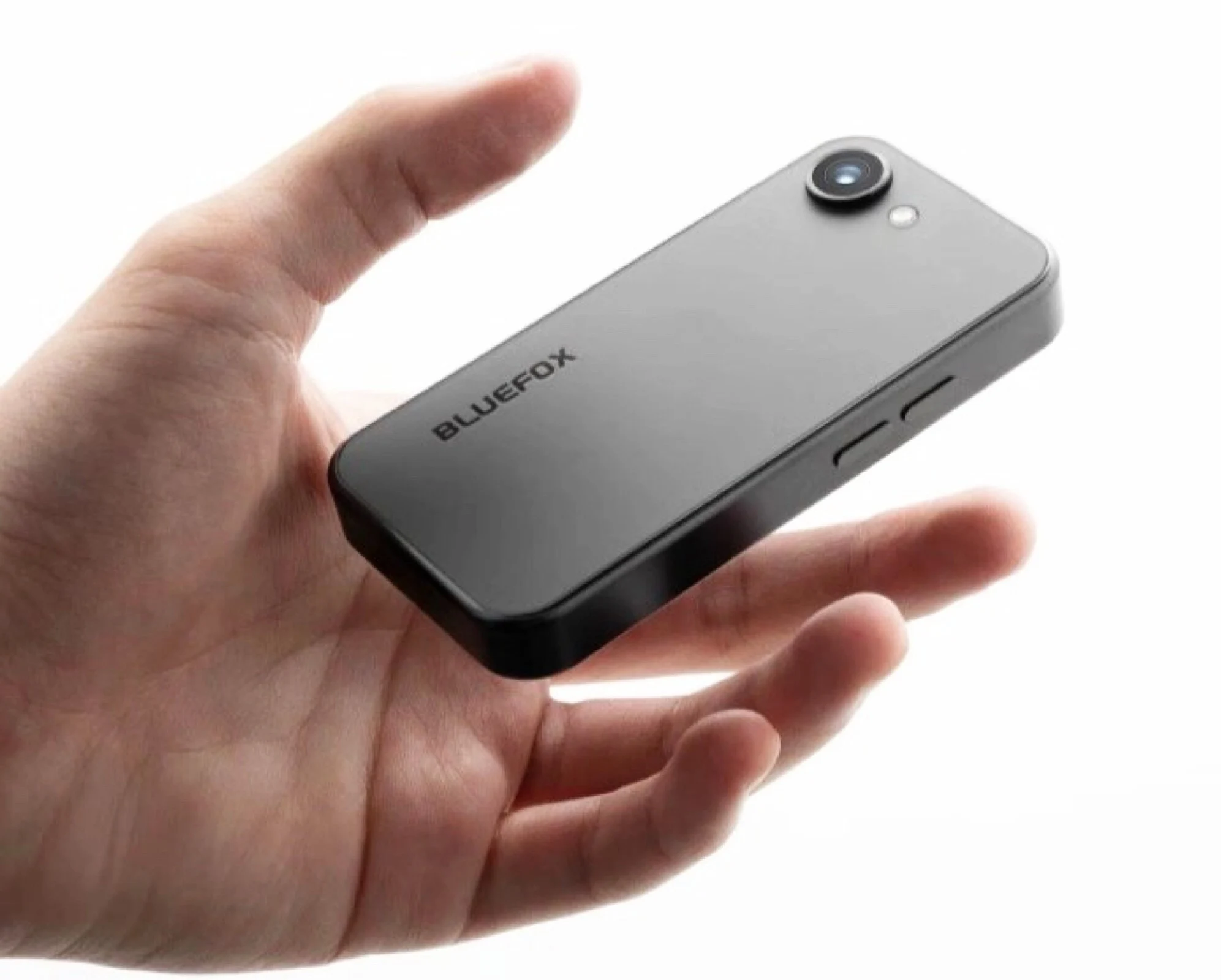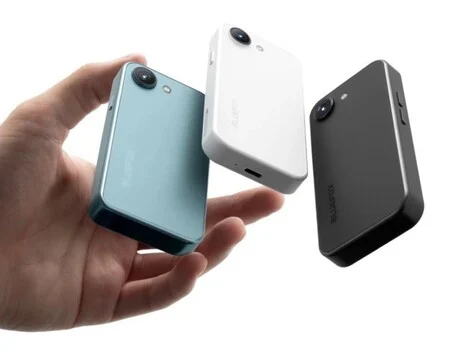Key Takeaways
1. Madhav Sheth has launched NxtQuantum Shift Technologies, focusing on 5G smartphones, with the first models set to unveil on June 25, 2025.
2. The initial smartphone models will be priced between INR 5,000 to INR 8,000 ($55 to $90) and will target the Indian market.
3. NxtQuantum smartphones will feature 5G modems, eco-friendly designs, and advanced AI capabilities, utilizing refurbished parts to reduce costs and environmental impact.
4. The Nova series will include models with 6 GB of RAM, 128 GB of internal storage, dual SIM support, and an operating system called NxtQuantum OS.
5. The design includes a typical flat black back and a square camera setup, with an emphasis on AI features indicated by branding such as “AI+” and “Matrix AI Camera.”
Madhav Sheth has been in the smartphone industry for a long time. After holding key roles at Realme and Honor, he has started his own venture, NxtQuantum Shift Technologies, which focuses on creating and selling smartphones. The company has officially announced that its first 5G smartphones will be unveiled on June 25, 2025. Recently, GSMArena shared the first look at the NxtQuantum AI+ Nova 2 5G along with some hardware specifications.
Launch Details
NxtQuantum is set to introduce three distinct models, with their initial sales taking place in India at price points ranging from INR 5,000 to INR 8,000, which translates to approximately $55 to $90. These smartphones are expected to feature a speedy 5G modem, eco-friendly designs, and advanced AI capabilities. To achieve this, NxtQuantum plans to utilize refurbished parts, which not only help cut costs but also minimize the environmental impact of their devices. The Nova series will come equipped with NxtQuantum OS, although more information about this operating system is still awaited.
Design Features
The provided image displays a smartphone design that is quite typical, featuring a flat black back and a square camera setup with just two lenses. One of these lenses appears to be a rather small 2 MP sensor, which may not offer much functionality. The device will include 6 GB of RAM, 128 GB of internal storage, and support for dual SIM cards. The prominent “AI+” label, along with the smaller “Matrix AI Camera” tag, subtly suggests that the phone will have AI capabilities.
Conclusion
Overall, NxtQuantum’s entry into the smartphone arena is certainly something to watch for. With competitive pricing and a focus on sustainability and AI, the Nova series could attract a diverse range of consumers in the market.
Source:
Link


